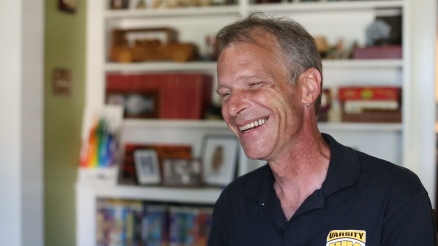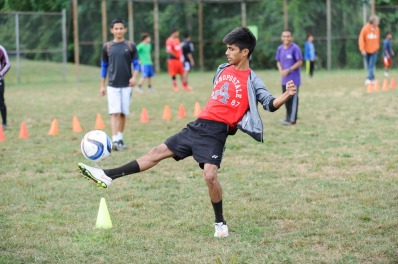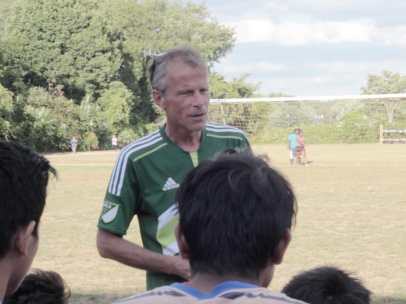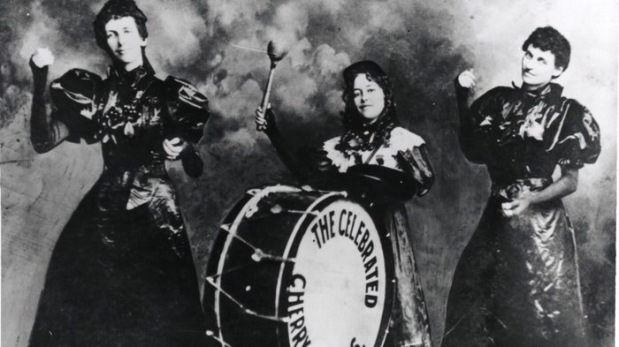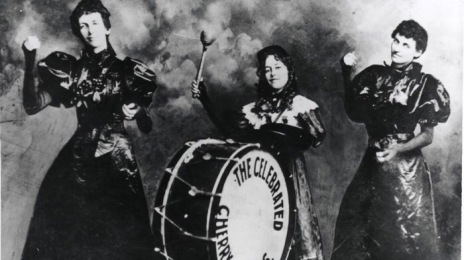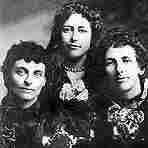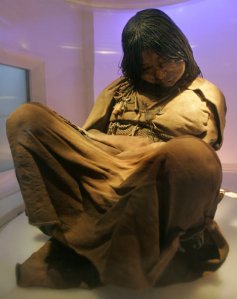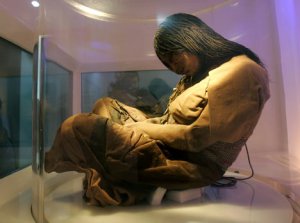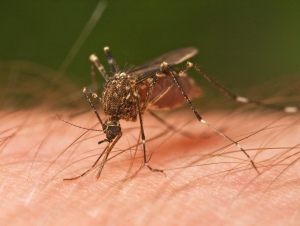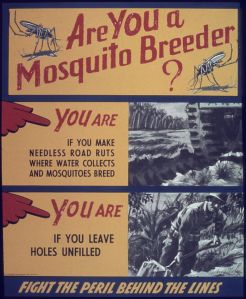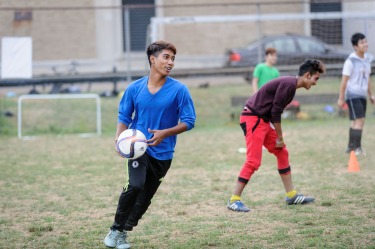
Boo Le, a junior on the North High School soccer team, traces some of his earliest memories to playing soccer in a refugee camp in Thailand. (Photo: Dale Dong)
Part II of a series – adapted from an upcoming Akronist documentary
As we navigated the tree-lined streets of the Cuyahoga Falls suburb, we couldn’t make out the house numbers on this overcast evening, but I remembered something I was told about Nepali households in Akron: When in doubt, look for the marigolds. A signature of Nepal, marigold means “hundred leaf flower” and is a common sight in the front yards of Nepali families. We were on our way to visit the Dhimals, the owners of a Nepali market on Cuyahoga Falls Avenue in North Hill, whose son, Meg, was a standout player this season at North High School and is one of the subjects of our upcoming documentary project.
Like the marigold, Akron’s Nepali and Bhutanese refugees are sunny and colorful, as many of the older men in these communities sport colorful fez-style hats, and the women adorn themselves in ornately colored dresses. But these colorful wardrobes stand in contrast to some of the horrific conditions they’ve endured in the refugee camps. Truth is, they’re so incredibly grateful for this new life they’re living in Akron, that they will almost always greet you with a smile, clasped hands, a slight head bow and the signature “namaste.”
A visit to Meg Dhimal’s house, tucked into this middle-class neighborhood, is a wholly different experience than visiting the homes of some of his teammates, but his beginnings were as humble as those of his peers.
“When we were kicked out of Bhutan, we came to Nepal,” says Dhimal, a senior at North High School, who attends early college courses at the University of Akron. “They set up seven different camps and they were like small villages, and we had small huts made out of bamboo. The conditions were alright at first but then they got worse.”
He says his family did not have citizenship in Nepal, keeping them confined to the camps. And many refugees also had their citizenship revoked from their home country of Bhutan, leaving them without official residency in either country and dependent upon agencies like the United Nations.
At the refugee camp, Dhimal says his family was only able to get food every 15 days, which wasn’t nearly enough to go around. He remembers his camp being surrounded by two small rivers and a forest along with a modest soccer field. A highlight of his time at the camp? “I played soccer since I was 5, because my brother used to play soccer when he was in high school. It was a really important sport.”
He says he still remembers his first trip to the United States: Nepal to Hong Kong to New Jersey, and the family didn’t eat during the pilgrimage because they didn’t have any money. “We landed here at night and I was really happy to see all the lights,” he recalls. “Seeing the city from the plane, all the lights and stuff excited me a lot. “

Meg Dhimal, a senior at North High School and a standout soccer player on the school’s team, is attending early college courses and plans to eventually become a surgeon. (Photo: Chelsae Ketchum)
Life after soccer
As local business owners, the Dhimals have most certainly found a better life here, while some of Meg’s teammates have endured more of a struggle to adapt.
For Boo Le, a junior at North High School and another standout player on the school’s soccer team, his father is on disability for mental health issues, placing the bread-winning duties squarely onto the shoulders of his mother, who works until 11 p.m. each night.
The only Burmese player, Le recalls growing up in a refugee camp in Thailand. “It was dangerous to go too far from the camp. If you go too far, you might step on bombs and stuff. I remember a lot of things about being in the camp. I was working on a farm with cows and running up and down on the mountain and playing with other kids. We had fun with many things, and we played soccer every evening. We had one soccer park and everyone in the village came to that park just to play soccer and hang out. Even elders came. It brought people together to hang out and just have fun.”
For Le, the adjustment to the United States also has required adjustment on the soccer field. “Here I know the rules, I play ‘soccer soccer’ here. There I didn’t know about the rules. Here it’s much different. I loved it back then and I still love it now.”
One of the things he loves about the United States is the fact that he can eat ice cream whenever he wants. Having a refrigerator and cold water are luxuries to many refugees. “I love ice cream,” Le says, adding that access to ice cream and other cold treats at the refugee camp were sporadic at best, along with having appliances to keep the ice cream cold. “When I first came here, I saw ice cream in the freezer. I was so happy, I ate it every day.”
He also only saw snow in the movies before coming to Akron. “I felt so happy; it felt like a dream. Back in my country, we only saw snow in the movies.”
Many of the players we interviewed are thankful for the sense of community that the North Hill neighborhood provides, like being able to ride a bicycle or walk to friends’ and family’s houses and feeling welcome.
Life after high school may present its own set of barriers, as many U.S. communities are still unfamiliar with Eastern Asian cultures and customs.
Like Dhimal, Le would love to play professional soccer, but he’s setting his sights on a medical career instead. “Right now my first priority is to study in the medical field, because in soccer even if I become a professional player, what if I broke my leg and they would stop paying me?I would not work and how would I provide for my family? When I become a doctor, I will make my mom really happy.”
He adds: “In my country, being a doctor is really rare, and here I have a lot of opportunity to become a doctor.” But for now, soccer is still his focus. “I don’t know what to do without soccer. It would be a boring life.”
Equal parts patience and sensitivity
Coach Michael Kane agrees that soccer is paramount in the lives of these young men.

North High School soccer player Boo Le says he ate ice cream every day upon resettling in Akron. (Photo: Chelsae Ketchum)
When he first looked out at the many faces of this team nearly 10 years ago, Kane assumed they were all from the same country, as he met a number of Tamangs, Rais and Subbas among the student body. The name similarity, he later found out, is due to regions in their home countries rather than blood relations.
Kane remembers his initial interactions with these East Asian refugee children. One of the first boys he met was a refugee from the Mon population who told him horrifying stories about what had happened to his family. “I’m still to this day horrified by what he told me and what he had experienced,” says Kane. But seeing the young man still smile and exude happiness gave Kane a newfound energy. He also learned that many of these children suffered the same fate as the young man he met.
To coach a team with refugees takes a great deal of patience, understanding and cultural sensitivity.
“I tell them this is not white boy suburban soccer,” says Kane. “How we deal with a suburban team isn’t really applicable.”
For example, when he first met the kids, he asked them who had played soccer before and all hands went up. But when he asked who all has played on a formal soccer team, nearly all the hands went down. “It tells me where they’re at, so we start from the 4-inch touch line, what is out of bounds; we start from ground zero, and go over rules here in the United States, which are based on FIFA rules.”
Their love of soccer shows through, and Kane sees this connection to their refugee camps and how important this sport is to their cultural fabric, whether from Nepal, Thailand, Bhutan or Nepal. “While they were not jailed in the refugee camps, they were basically confined there and there wasn’t a lot to do. Much like American boys play baseball with their friends, this is similar.”
He adds: “Anything that resembles a ball can bring on a game of soccer. I’ve tested this a few times in that I have literally crumbled up a piece of paper and thrown it on the floor and a soccer game will break out.”
And Kane probably worries over his players much more than a high school coach should. During a recent soccer camp experience at Ohio’s University of Rio Grande for Boo-Le and Yoba Tamang (a senior soccer player at North High School), Kane drove the boys five hours each way because they didn’t have transportation.
“When I dropped them off I was a bit uncomfortable,” he says. “I was a bit concerned for the boys because it was that white boy suburban soccer thing I mentioned. I was worried that Yoba and Boo-Le might be looked at as outcasts.”
His fears were quickly alleviated. “Ultimately, Boo Le and Yoba were selected for the first team all stars out of 230 kids at the camp,” says Kane. “They ultimately got to play in the championship game and succeeding that, they had an opportunity to play in a match with the Rio college men. What I feared would be a miserable experience for them ended up being a tremendous thrill.” In fact, the other players who were eliminated stayed around just to watch Tamang and Le.
Along with their love for soccer, these players share other cultural similarities, like their respect for their elders and multi-generational households.
Dhimal lives in a five-bedroom house with 15 people. “I like living with a big family: people helping each other when there are problems. We help each other and we save a lot of money.
“We stay with our parents and help take care of them and pay them back for all the care they’ve given us,” says Dhimal. “In the United States, they send their parents to nursing homes. I can’t do that to my mom.”
Stay tuned for Part III of the series, and check out a teaser trailer from the documentary, produced by Chelsae Ketchum, below.
PROMO-Final from Chelsae Ketchum on Vimeo.

